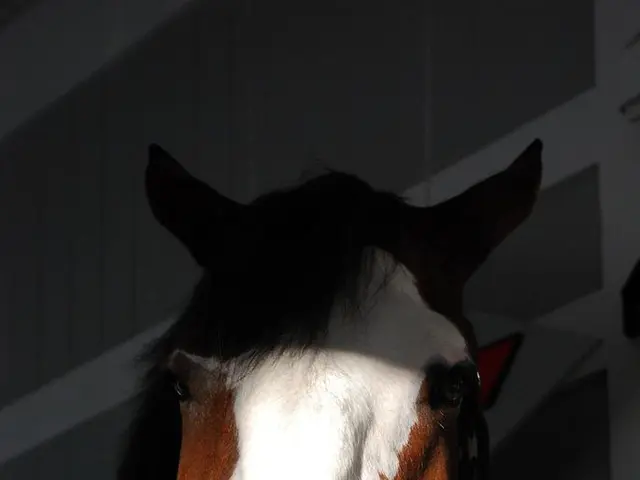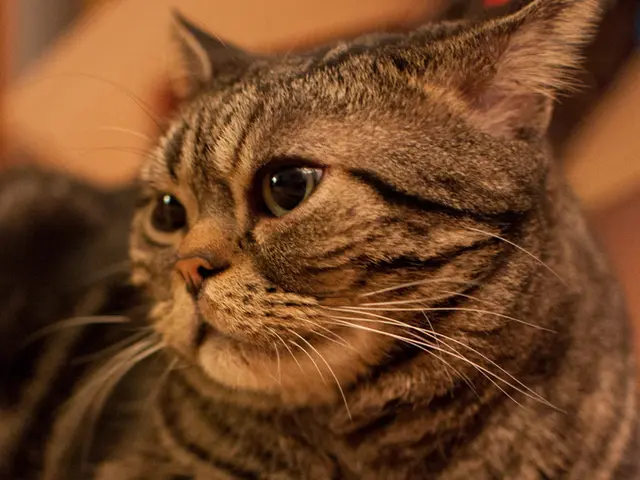Hydrangeas: Are They Dangerous for Your Furry Friend?
Are Hydrangeas Harmful to Cats? Strategies for Ensuring Feline Safety amid These Common Blooms
Attention cat owners! Ever wondered if hydrangeas are safe for your precious kitty? Let's dive in and find out!
If you're a cat owner, it's common knowledge that plants make for an irresistible playground. With hydrangeas being a popular garden shrub, it's essential to know if it spells danger for Fluffy.
Hydrangeas: Can Cats Chow Down On This Beauty?
Hydrangeas, also known as hortensias, share a toxic compound found in Prunus species and other plants like apricots, cherries, peaches, and plums. So, the question remains: Are hydrangeas toxic to cats?
Symptoms of Hydrangea Poisoning
Cats, much like us, don't always react the same way to toxic substances. But some common indicators you might notice include:
- Gastrointestinal issues such as vomiting or diarrhea
- Loss of appetite and lethargy
- Behavioral changes, like being withdrawn or showing signs of confusion
- Excessive drooling and difficulty walking
- Change in breathing pattern and gum color
In severe cases, seizures may occur. If you suspect your cat has ingested any part of a hydrangea, reach out to your veterinarian immediately.
What to Do if Your Cat Leaves Feline Pawprints on Hydrangea
If you've caught your cat munching on hydrangeas, stay calm, and act quickly. Your vet can provide advice based on the situation. A sample of the plant may be helpful when reaching out to your veterinarian, an online vet, or a pet poison hotline.
Symptoms usually appear within 30 minutes of ingestion, so prompt action is crucial. Your vet may order blood work and a urine test to confirm the toxin source.
If the cat was quickly attended to, the vet may induce vomiting. In severe cases, your cat might need overnight observation, an IV to maintain adequate hydration, and assistance flushing the toxin out of the system.
Helping Kitty Steer Clear of Hydrangeas
Keeping cats safe among hydrangeas can be tricky. Here are some tips to protect Fluffy:
- Move indoor plants to unreachable locations or regift them to friends.
- Install a motion-activated sprinkler to deter cats from outdoor hydrangeas.
- Cover the shrub with netting. But remember, skilled climbers like kitties may find ways around it.
- Prune the hydrangea to a height that your cat loses interest.
- Consider keeping your kitty indoors, not a popular choice for every cat owner, but it ensures 100% safety.
For a more comprehensive list of toxic and non-toxic plants for cats, check out the ASPCA's Toxic and Non-Toxic Plant List for Cats.
Stay Informed with Our Newsletter!
Sign up for our newsletter today and receive a FREE e-book 'How to Grow Delicious Tomatoes'! Plus, receive gardening tips, articles, and more, straight to your inbox.
Keeping Your Cat Purring Happily
With a little feline-proofing, you can make your home and garden a safe haven for your cat while enjoying the beauty of hydrangeas in well-kept distance.
- If you're interested in health-and-wellness and lifestyle choices that extend beyond human needs, it's important to consider the safety of hydrangeas for your pets.
- In addition to keeping humans healthy, science also plays a role in understanding which plants can be dangerous for our pets, such as hydrangeas.








